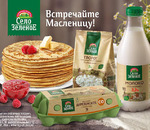Of course, the majority of shampoos from popular brands, such as Schauma, Shamtu, Pantene, etc., now too is manufactured in Russia therefore them import to call difficult. However is an areola of a foreign product from logos with the English tracing therefore traditionally we call them not Russian. And I will try to compare them. But at first the Silk Ribbon is a little about shampoo.
At first sight
The design is quite traditional, and even on me – old-fashioned. But a bottle convincing on quality – steady, pure color, the label do not come unstuck.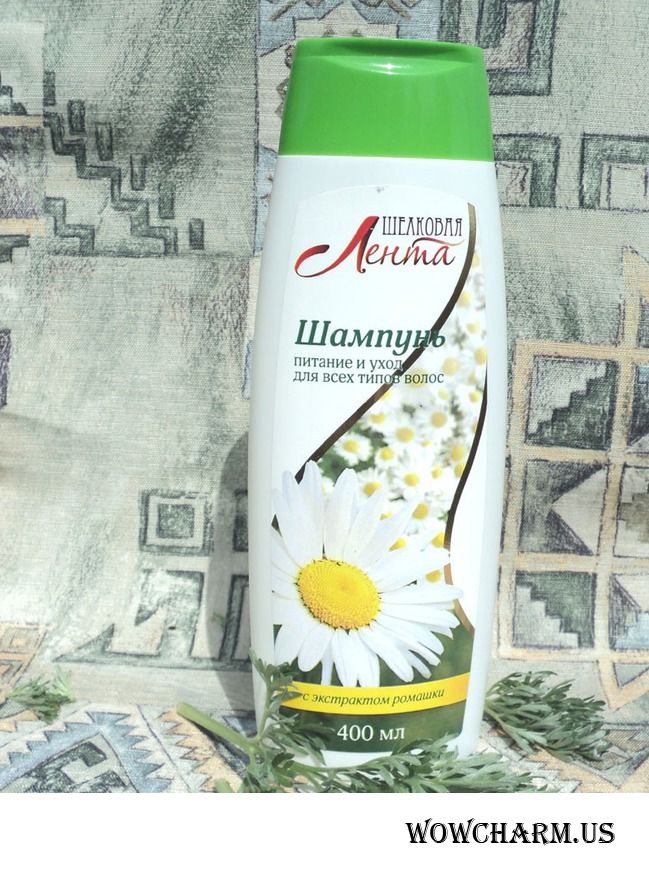
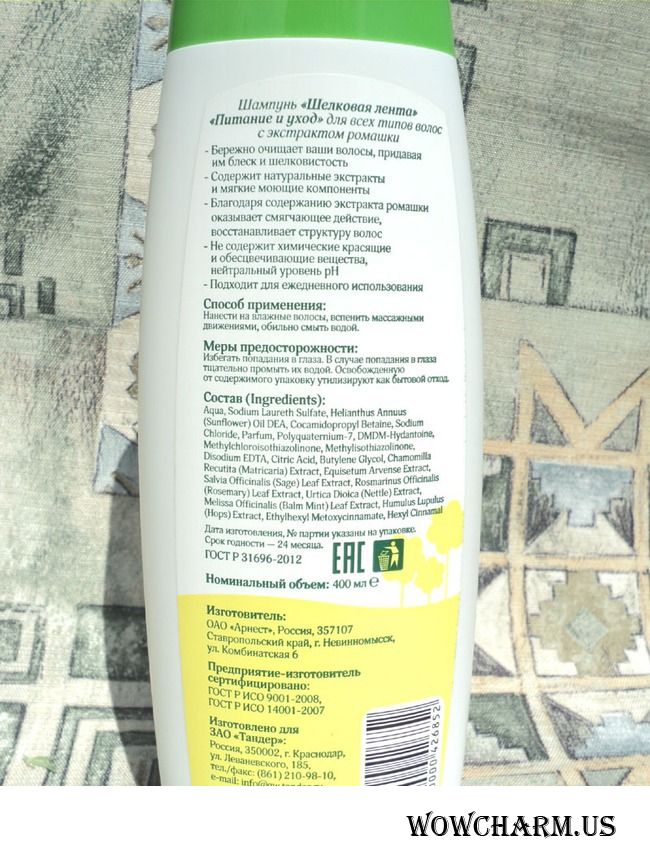
The lid was pleasant too: easily opens and it is reliably latched when closing. Everything is adequately made. It is pleasant to hold in hand.
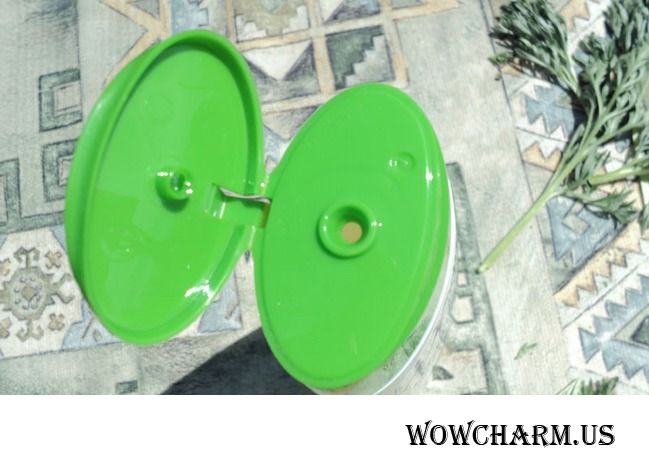
Consistence of shampoo suitable, not liquid and not really dense. And it is absolutely transparent! The cleanest! It seems that promises of the producer that the product has no as a part of chemical dyes and the decolouring substances are right.
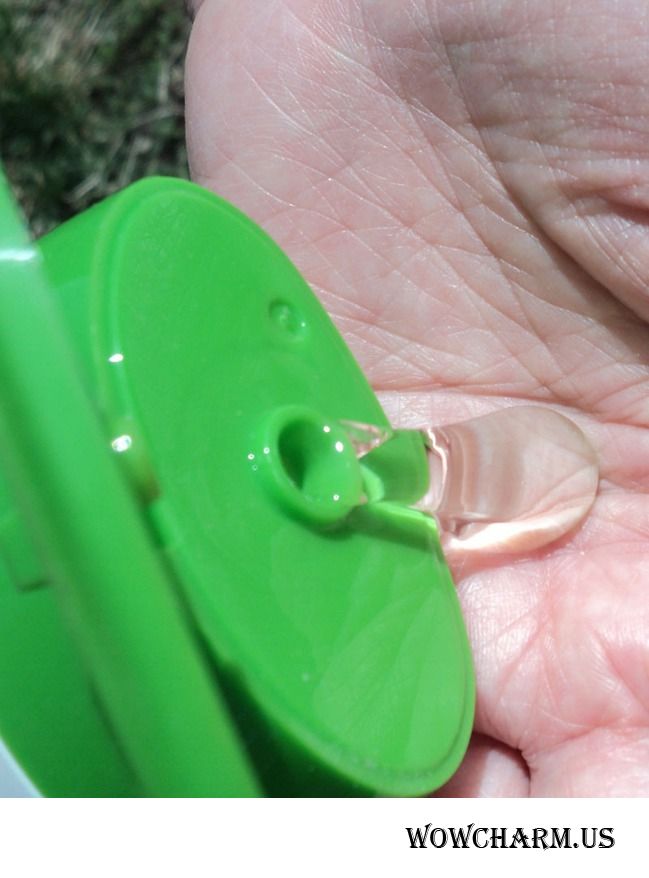
The aroma is very pleasant. It is a camomile with nettle notes. So camomile flower tea or camomile broth smells.
We analyze structure
Shampoo with a camomile. This grass is often used in hair preparations, it softens hair, slightly clarifies them, provides gloss. Extract of a camomile is in the general list of ingredients. Along with it still quite impressive list of plant extracts. You judge: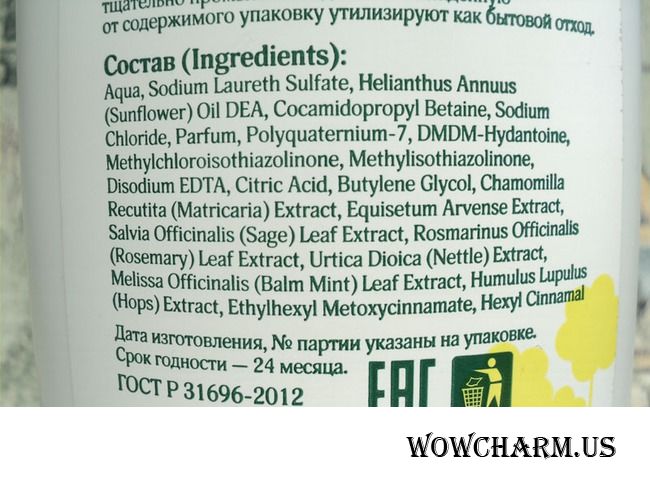
Aqua, Sodium Laureth Sulfate, Helianthus Annuus (Sunflower) Oil DEA, Cocamidopropyl Betaine, Sodium Chloride, Parfum, Polyquaternium-7, DMDM Hydantoin, Methylchloroisothiazolinone, Methylisothiazolinone, Disodium EDTA, Citric Acid, Butylene Glycol, Chamomilla Recutita (Matricaria) Extract, Equisetum Arvense Extract, Salvia Officinalis (Sage) Leaf Extract, Rosmarinus Officinalis (Rosemary) Leaf Extract, Urtica Dioica (Nettle) Extract, Melissa Officinalis Extract, Humulus Lupulus (Hops) Extract, Ethylhexyl Methoxycinnamate, Hexyl Cinnamal.
It was not pleasant to me earlier when ingredients are written in English. But now it imposes me more. I do not consider that thus something hides producer. On the contrary, it is easier to find the description of a component if it is written in English. In this case it is possible to be guided by standards of the European Union or the American department on control of medicines and cosmetics, and frequent easier to orient in foreign writing.
Let's decipher everything:
Sodium Laureth Sulfate is salt, surfactant, can irritate and cause an allergy.
Helianthus Annuus (Sunflower) Oil DEA is usual sunflower oil.
Cocamidopropyl Betaine is the organic compound received from coconut oil, surfactant.
Sodium Chloride is table salt, usual.
Polyquaternium-7 is inorganic compound, not toxically.
DMDM Hydantoin is the preservative dangerous in direct contact with skin. Its danger decreases if to apply in low concentration and in a complex with other preservatives.
Methylchloroisothiazolinone is preservative, irritates, but the carcinogenicity is not proved.
Methylisothiazolinone – antiseptics and preservative, is toxic at hit in eyes.
Disodium EDTA – detains impurity and harmful metals, at low concentration is harmless.
Citric Acid is citric acid.
Butylene Glycol is a humidifier, solvent, it is not harmful to skin.
Chamomilla Recutita (Matricaria) Extract is extract of flowers of a camomile, perfectly smells, completely natural.
Equisetum Arvense Extract is extract of a horsetail field.
Salvia Officinalis (Sage) Leaf Extract is extract of leaves of a sage.
Rosmarinus Officinalis (Rosemary) Leaf Extract is extract of leaves of rosemary.
Urtica Dioica (Nettle) Leaf Extract is extract of leaves of a nettle.
Melissa Officinalis Extract is extract of a melissa medicinal.
Humulus Lupulus (Hops) Extract is hop extract.
Ethylhexyl Methoxycinnamate is organic compound, safely.
Hexyl Cinnamal is a natural component for giving of a smell of a camomile, it is harmless at low concentration.
Silk ribbon against Shamtu and Shauma
What confuses in structure first of all? It is Sodium Laureth Sulfate and also Methylchloroisothiazolinone.I decided to compare compositions of shampoo the Silk ribbon and the popular Schauma and Shamtu brands.
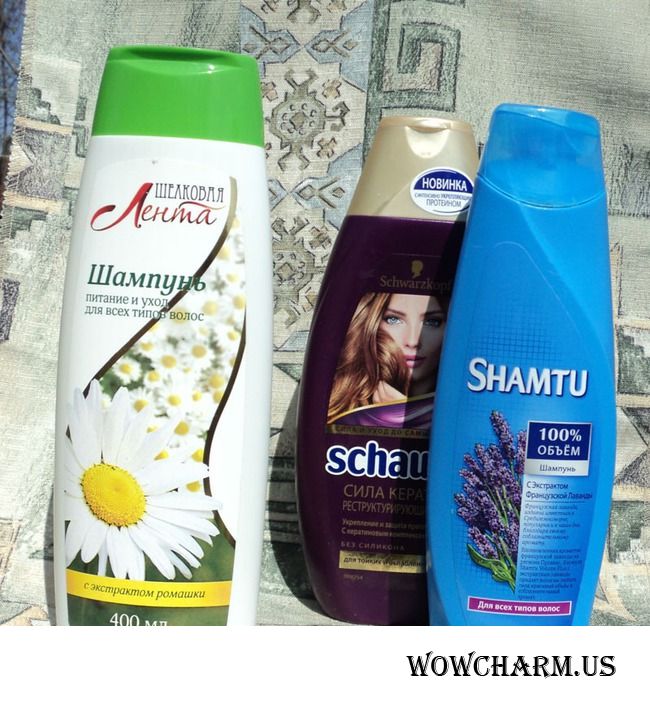
Sodium Laureth Sulfate is in these two shampoos also, and in Shamtu also laurylsulphate. As for Methylchloroisothiazolinone, it is in Shamtu and it is not in Schauma. If to analyze other components of all three means, then at the Silk Ribbon the horsetail, a camomile, a sage is much more plant extracts which are useful to hair (a nettle, and so forth), in Shamtu there is only a lavender extract, and in Schauma there is no it at all, there proteins are the restoring components.
My conclusion: in any shampoo there can be something harmful (one or two components), but it is necessary to look also at the list of useful ingredients. The silk ribbon is positioned as the soft shampoo with the neutral pH level calculated for daily use for all types of hair. About definition "soft" it is possible to argue because of availability of sulfate, but as a part of many the looking after extracts which could compensate availability of salts.
Generally, I do not insist. The product has minuses (they concern some ingredients in structure), but in comparison with similar popular means, one may say, that it is a common practice, and the producer placed nothing especially harmful in structure.







